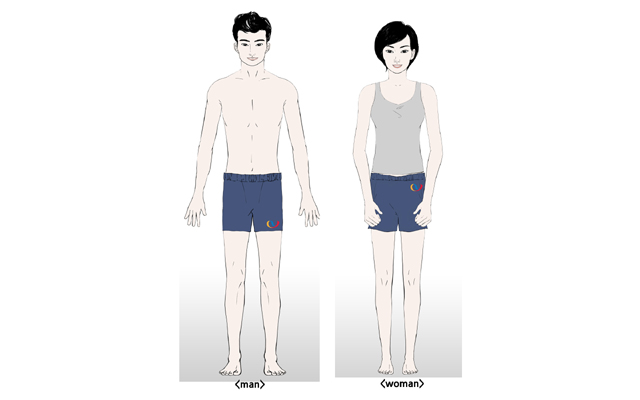
There Are Two Formulas For The Constitution
By Namwook Cho L.Ac
In Sasang Constitutional Medicine (SCM) theory, the large yang (Taeyang) type patterns part is only incomplete. The most distinctive characteristic of the constitution is defined as the lungs being the hyperactive viscera and the liver being hypoactive. Therefore, the physical appearance of the constitution is a well-developed upper body but underdevelopment of the lower body. The population of the constitution is less than 5% of the total population of Korea.
Because Je Ma Lee died before completing the SCM of the Taeyang type, and two herbal formulas were introduced.
Symptoms Shown Among Taeyang Type Are Carefully Observed
Reduced Urination, Loss Of Muscle Mass, And Vomiting Are Crucial
Even though there are only two formulas for the large yang (Taeyang) type, it is considered enough for the constitution. Because the constitution tends to be healthy and strong, they do not have minor health issues compared to other constitutions. And due to the characteristics of the constitution of the weak liver function, there is a limitation to applying for herbal medicine.
Pseudo Paraparesis Disease
The disease pattern is in which the main symptoms are a decrease in the amount and frequency of urination and pseudo-paraparesis symptom that walking is difficult due to lack of strength in the lower extremities without any abnormalities in the upper body due to weakened flesh. If it worsens, deepened Seong-Jeong inclined signs such as psychological anxiety, obsession, insomnia, etc. appear, and it may be accompanied by regurgitation, a symptom of Interior disease.
For the symptom, Ogapijangcheok-tang should be considered. If there is an Exterior or Interior disease unfavorable pattern of ordinary symptomatology, early administration and extension of the administration period of Ogapijangcheok-tang should be considered. The treatment goal is to improve an Exterior or Interior disease unfavorable pattern of ordinary symptomatology. Also, combination treatment with Large yang [Taeyang] type diet therapy, exercise therapy, Seong-Jeong therapy, etc., should be considered.
Ogapijangcheok-tang Prescription Composition
Acanthopanacis Cortex 15g, Chaenomelis Fructus, Pini Ramulus Nodus 7.5g each, Vitaceae Radix, Phragmitis Rhizoma, Pruni Fructus 3.75g each Fagopyri Semen half a tablespoon. If there is no Pini Ramulus Nodus, use Pini Polium instead.
Regurgitation Disease
The pattern in which main symptoms are a decrease in the amount of stool, not having a smooth bowel movement, and regurgitation symptoms of inability to accept food and vomiting. If it worsens, deepened Seong-Jeong-inclined signs such as psychological anxiety, obsession, insomnia, etc., appear, and it may be accompanied by pseudo-paraparesis, a symptom of Exterior disease. For treating the pattern, Mihudeungsikjang-tang should be recommended.
If there is an Exterior or Interior disease unfavorable pattern of ordinary symptomatology, early administration and extension of the administration period of Mihudeungsikjang-tang should be considered. The treatment goal is to improve an Exterior or Interior disease unfavorable pattern of ordinary symptomatology.
Mihudeungsikjang-tang Prescription Composition
Actinidiae Fructus 15g, Chaenomelis Fructus, Vitaceae Radix 7.5g each, Phragmitis Rhizoma, Pruni Fructus, Acanthopanacis Cortex, Pini Pollen 3.75g each, Oryzae Testa half a tablespoon. If there is no Actinidiae Fructus, use Actinidiae Caulis instead.
































